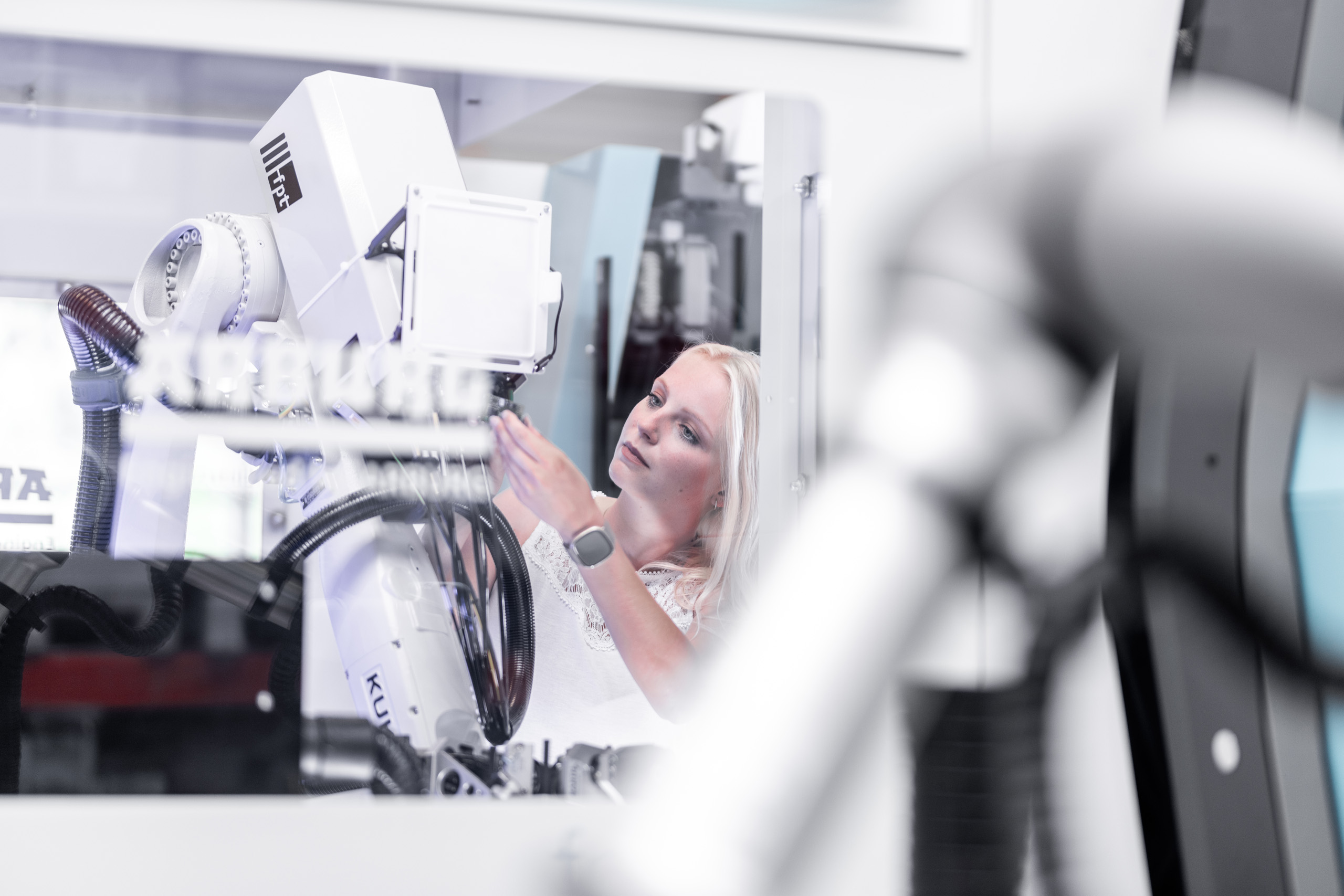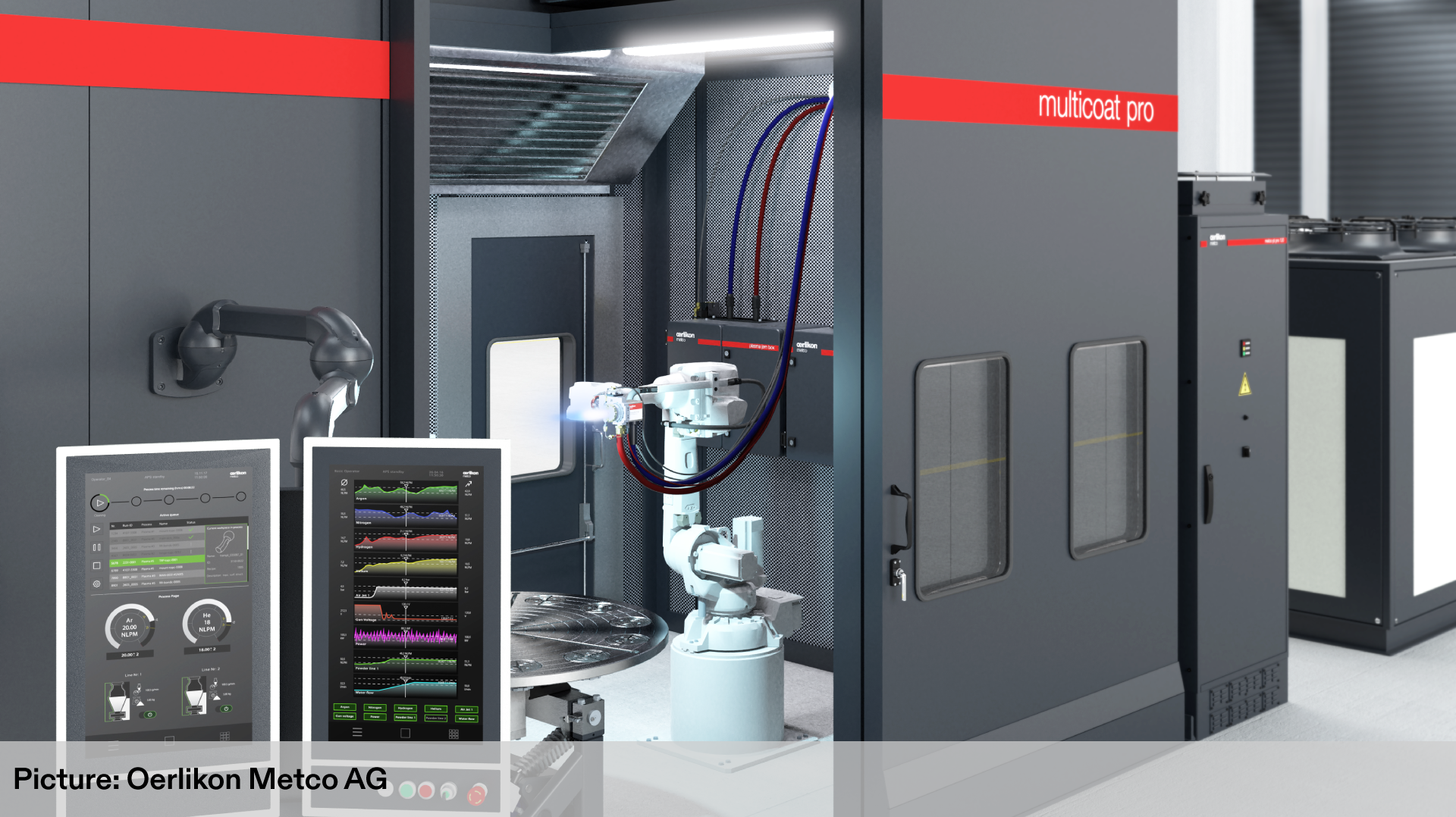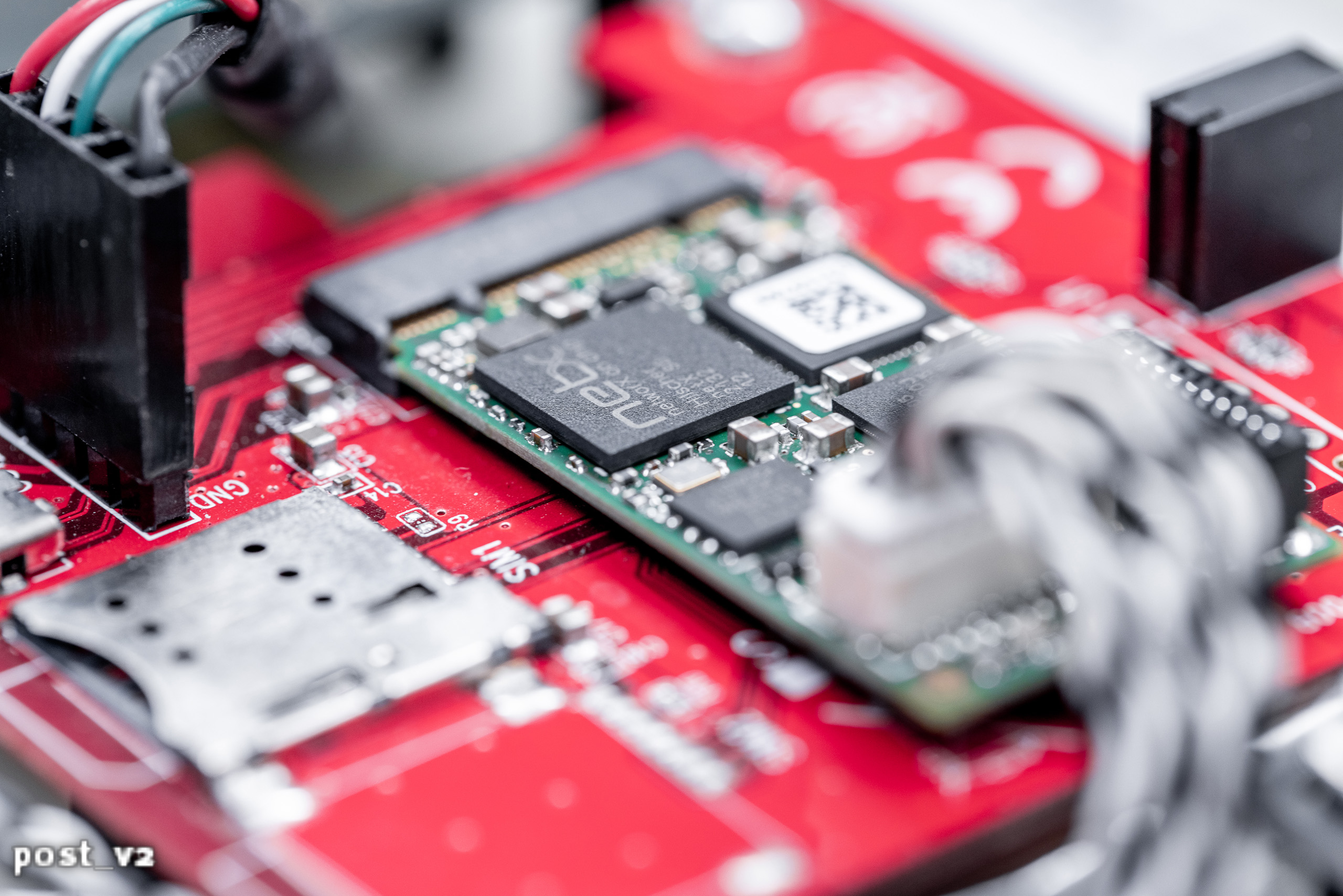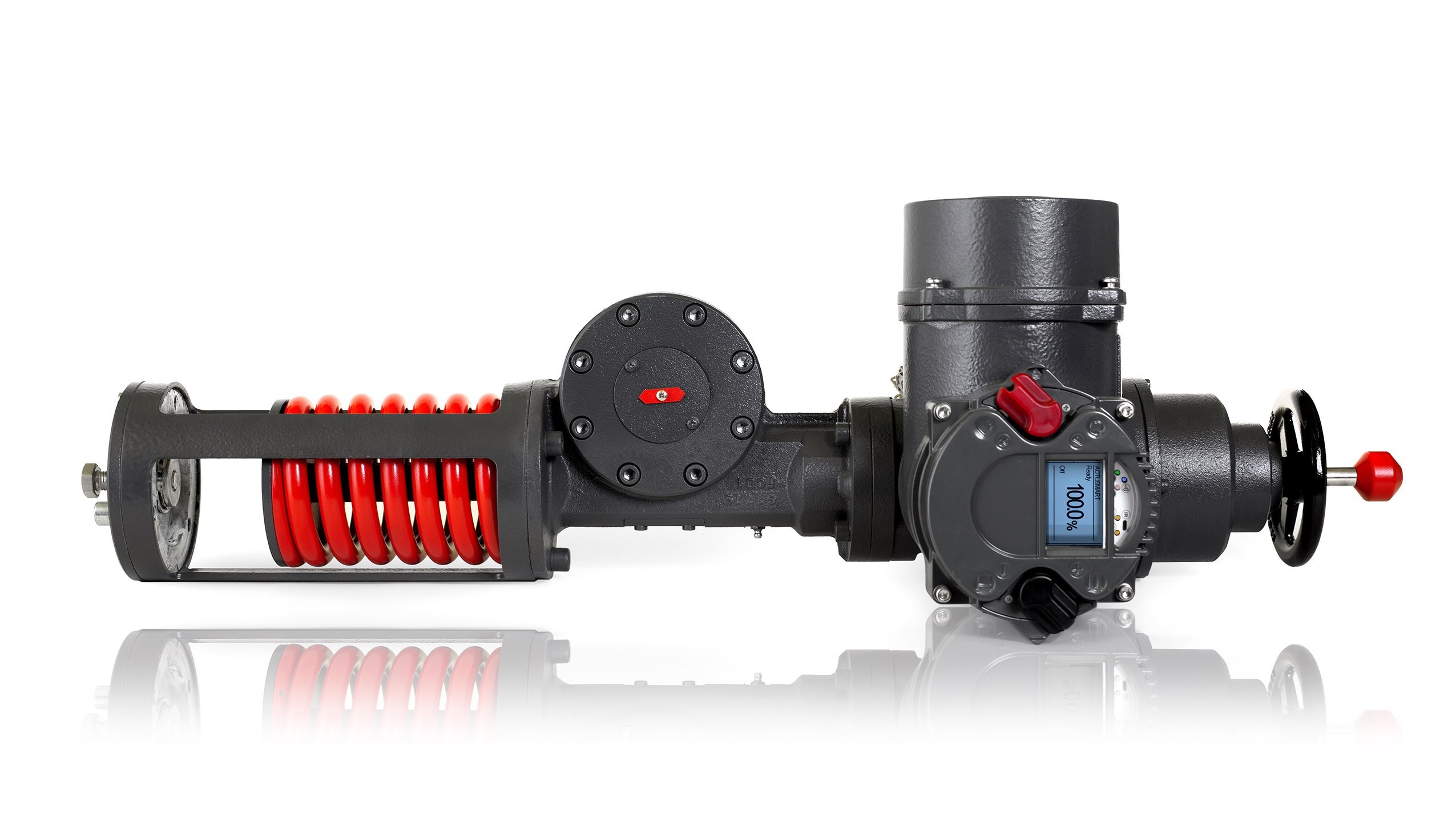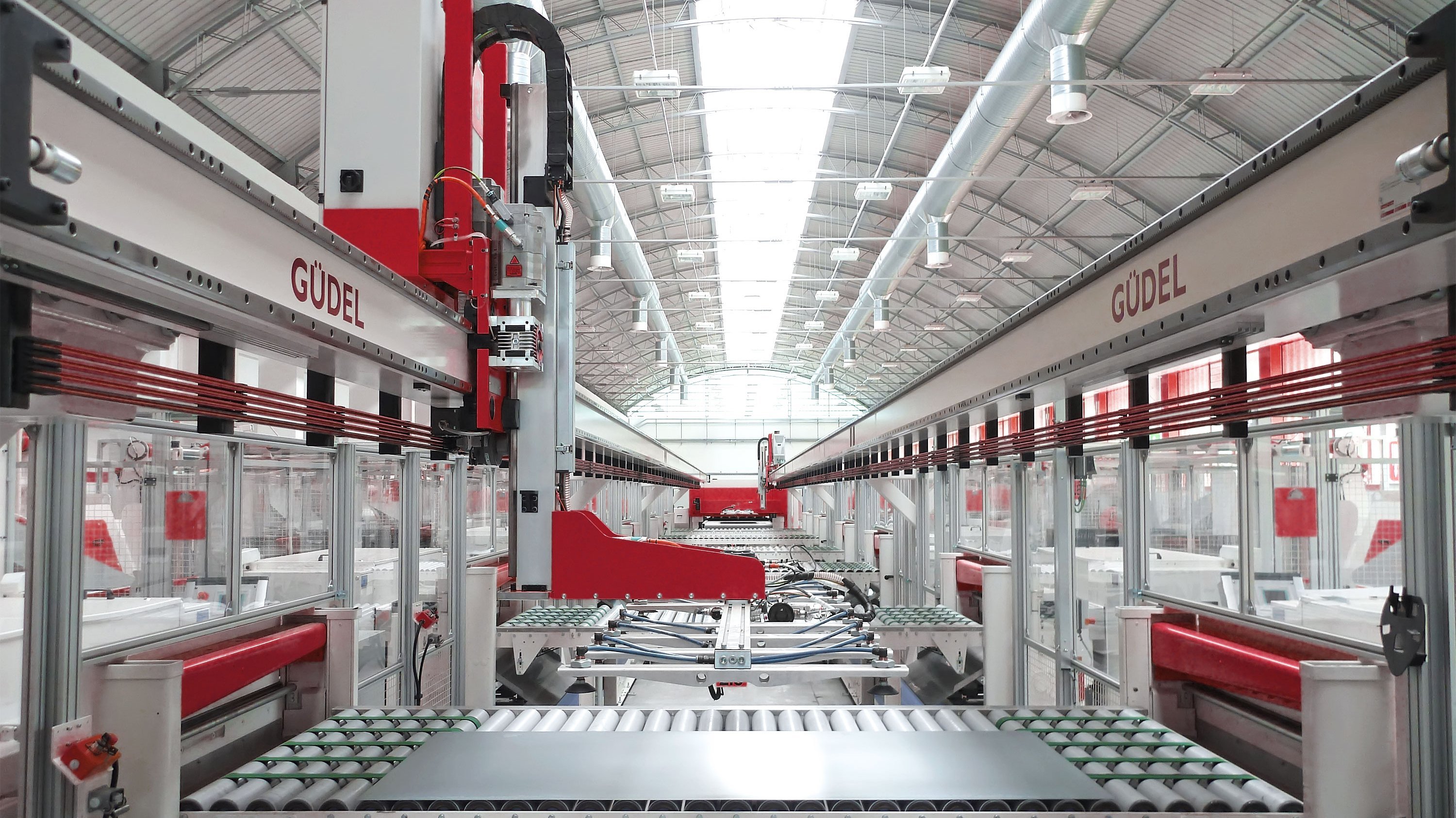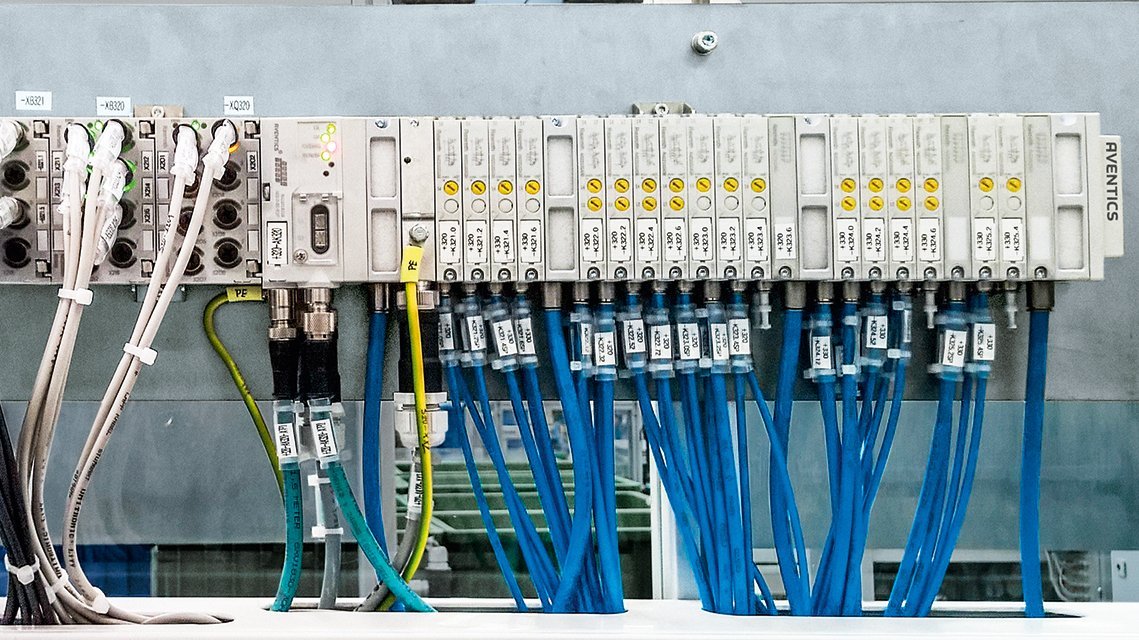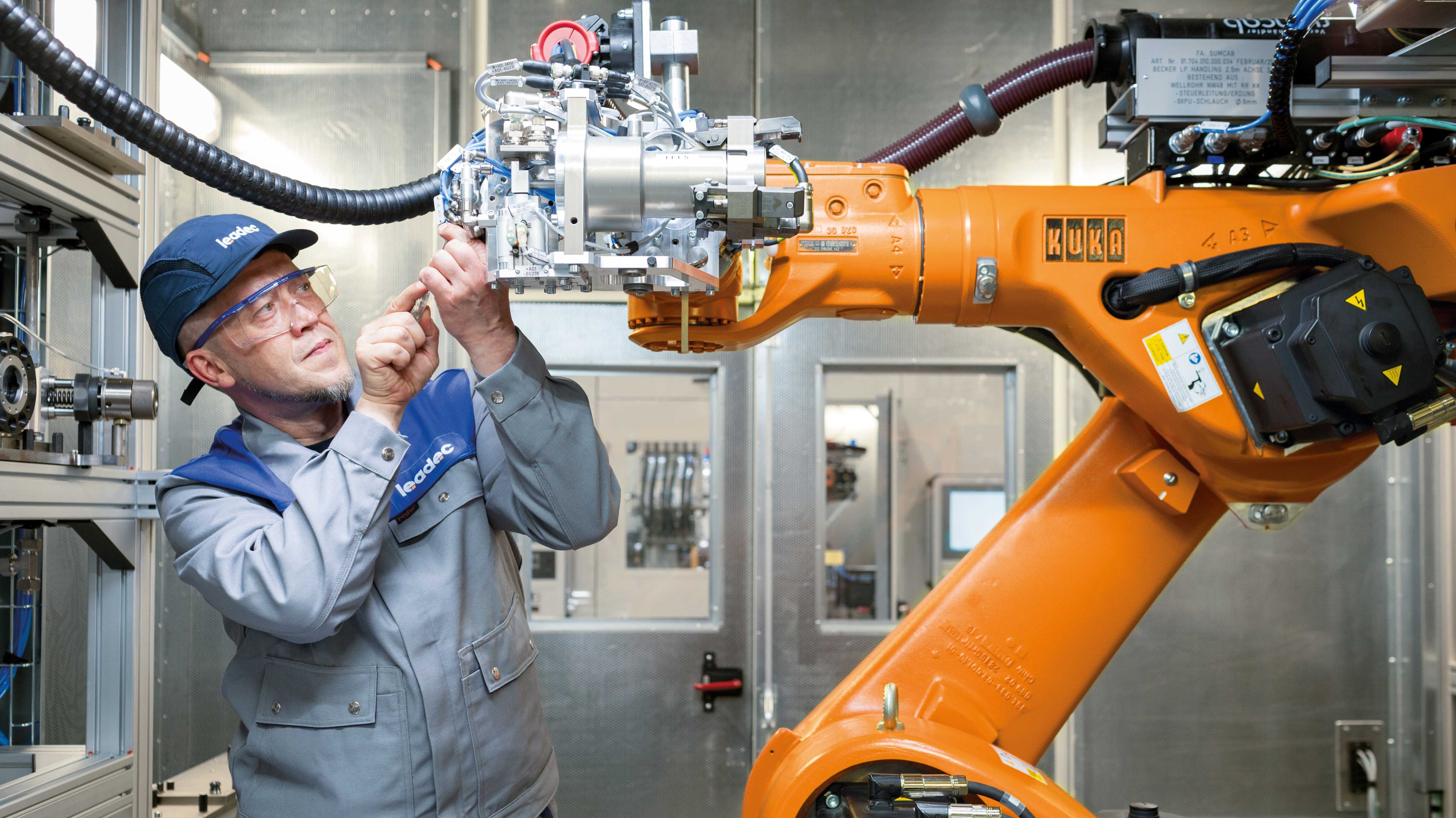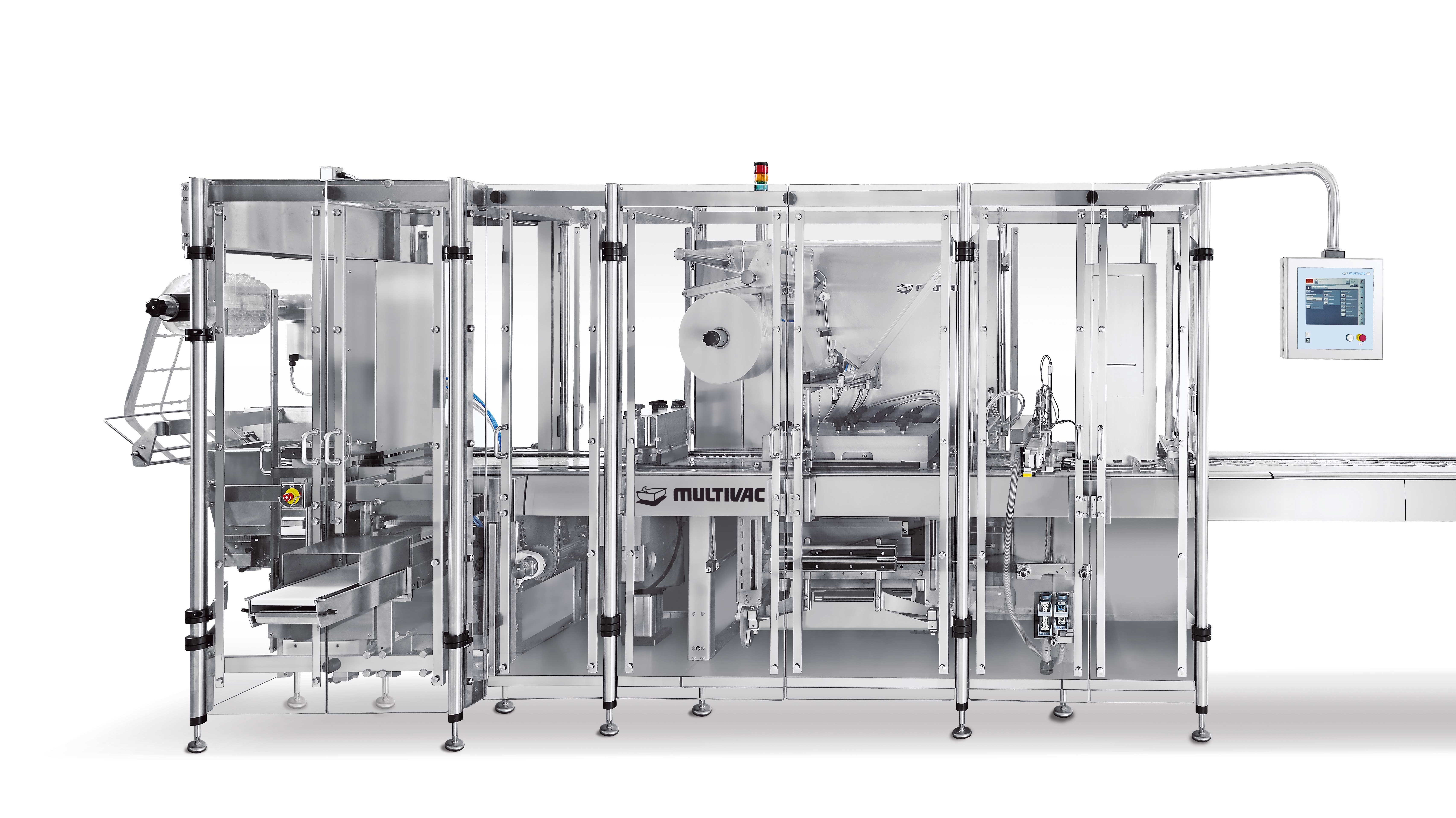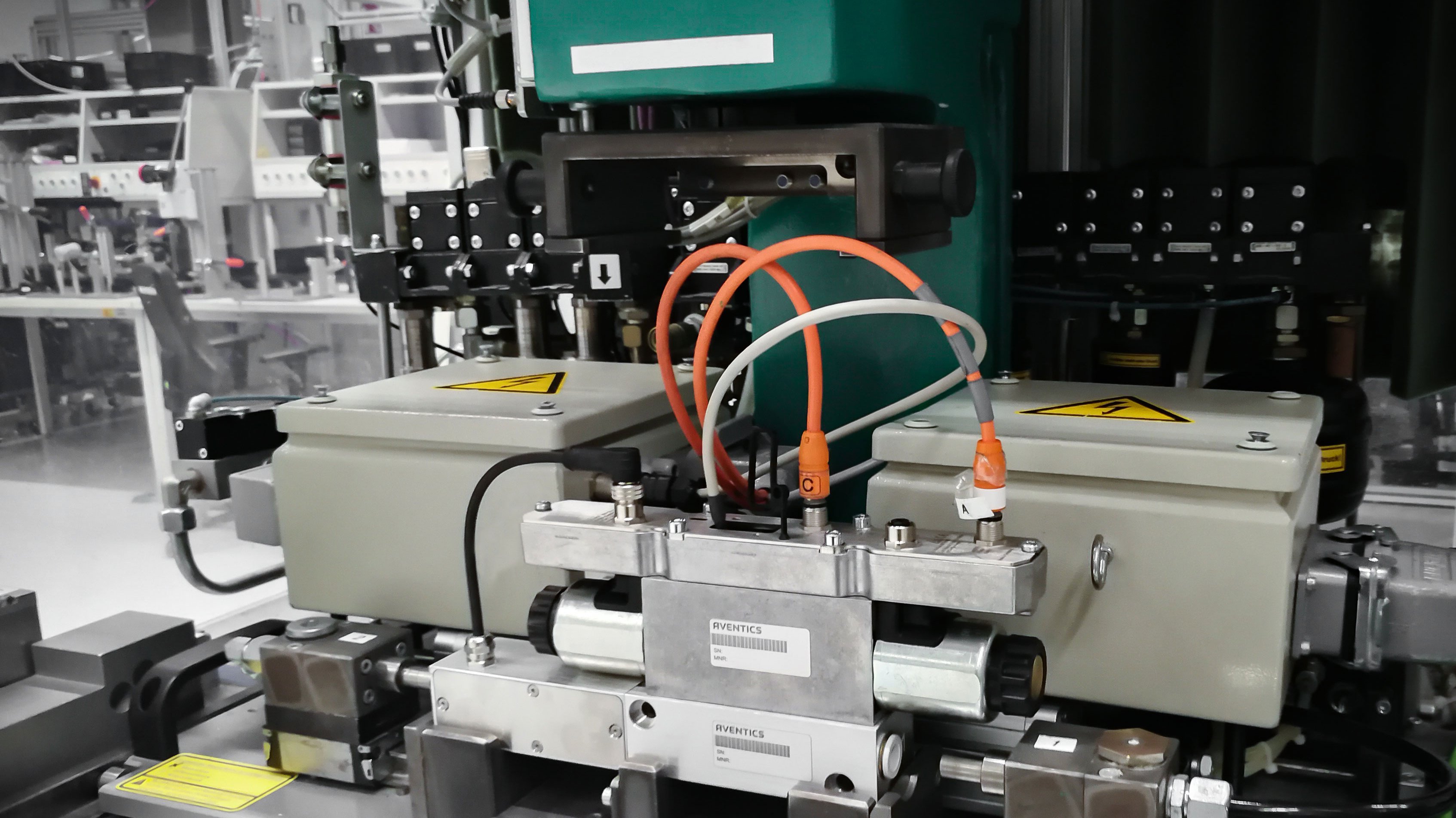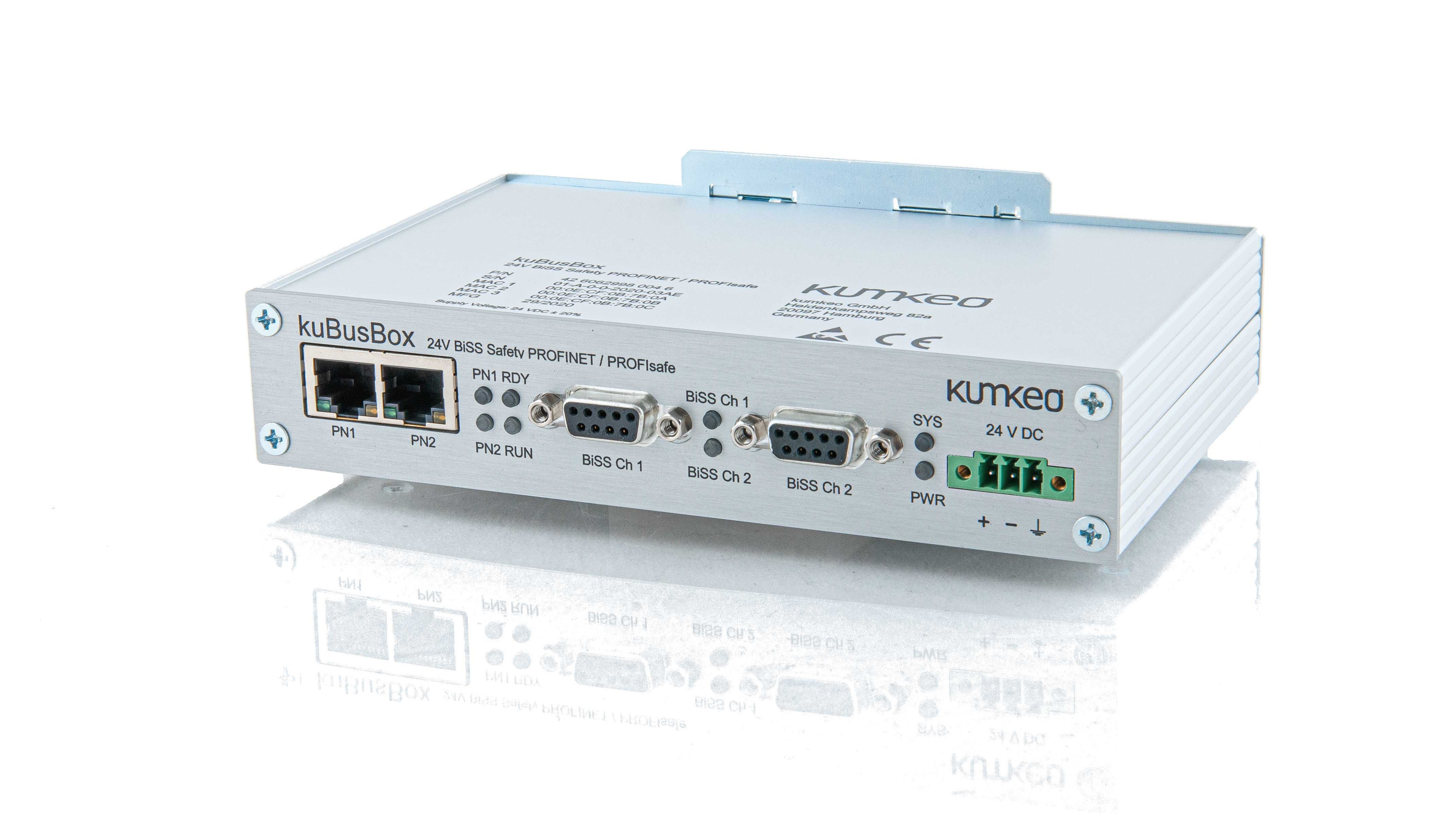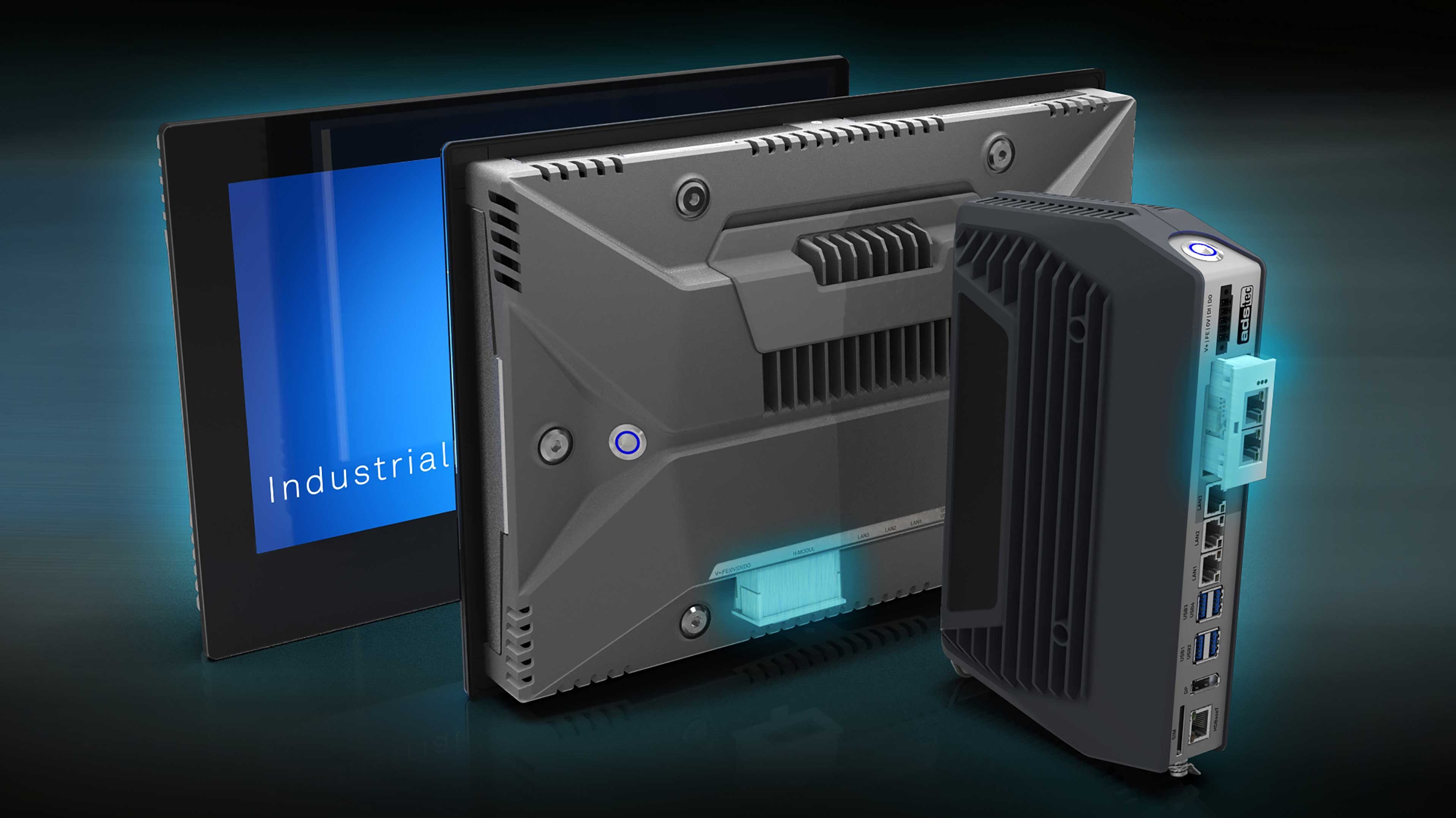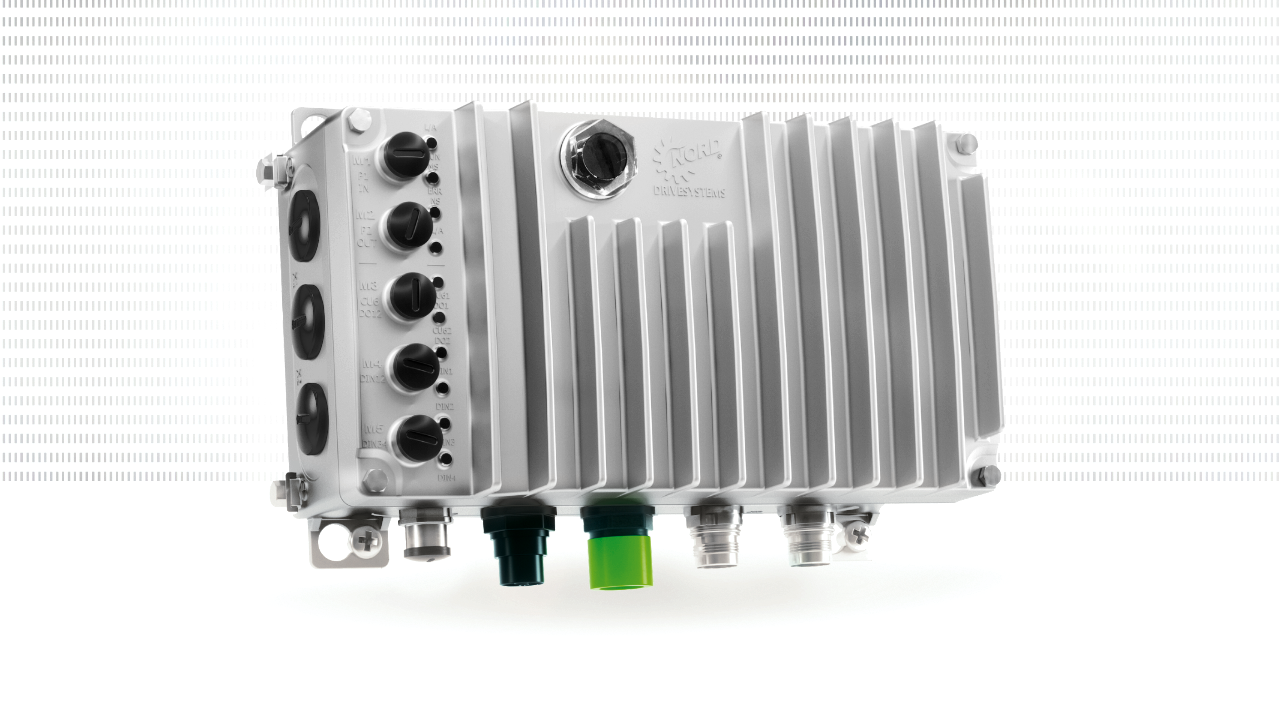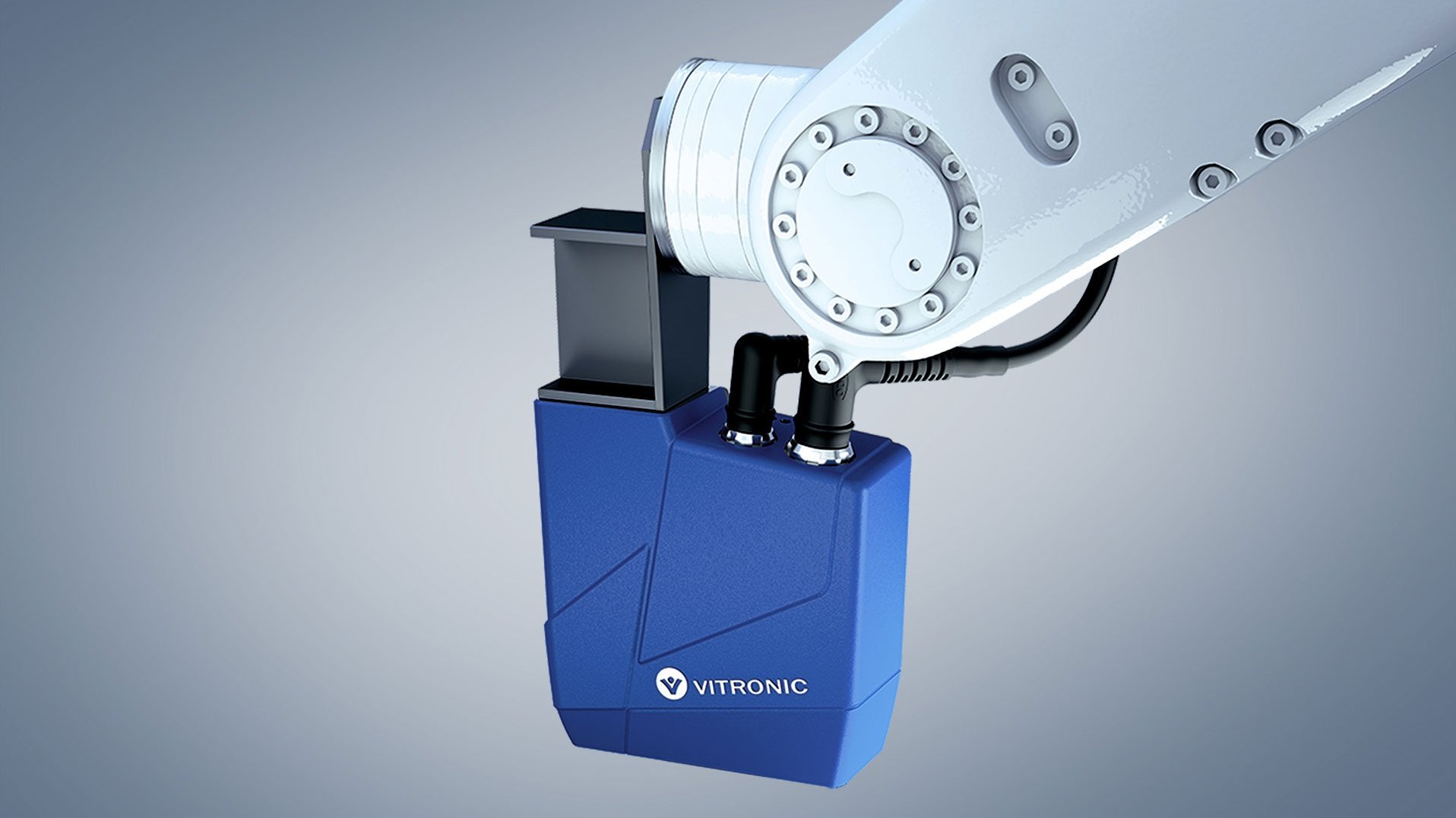Robots are playing an increasingly important role in automated production environments. For example, palletizing and handling tasks can often be performed more cost-effectively and safely using robotic arms rather than multi-axis gantries or human labor. Robots can be flexibly adapted to new applications—a decisive factor for plant operators in times of ever-increasing product variability and shorter time-to-market requirements. The smooth integration of your robots into the automated process requires reliable, error-free communication of sensors, servomotors and cameras. Only through industrial communication solutions is it possible for such complex interaction. When you choose Hilscher, you're getting proven technological know-how and components from the world's leading manufacturer of industrial communication solutions.
Challenges facing robot components
Freedom of movement
As moving components within an automated environment, robots rely on components that give them maximum freedom of movement. Wireless technologies such as IO-Link Wireless from Hilscher give you maximum freedom when designing your robots.
Demanding environments
Whether space-sensitive applications, extended temperature requirements or IP protection classes: With Hilscher, you can integrate any robotic application into your existing network.
Flexibility and variability
Global automation markets require a high degree of flexibility due to different standards from different manufacturers. Keeping protocol conversions as simple as possible is your key to serving new target markets quickly and efficiently. With multi-protocol-capable components as well as standardized interfaces, drivers and tools, we ensure maximum compatibility with other components and devices.
With our comprehensive portfolio of products and services for industrial communication, you can integrate your robotics components into modern fieldbus and Real-Time Ethernet networks. Over the last few decades, we have developed a wide range of solutions for a wide range of applications based on our proven netX-SoCs. As one of the leading suppliers of industrial communication technology, we support our customers in a wide range of robotics applications, including:
- Robotic arms
- Robot controllers
- Mobile robots
- Driverless transport systems
Orange Precision Measurement implements PROFINET, EtherCAT, and EtherNet/IP as well as DeviceNet using Hilscher's netX 90 multiprotocol communication controller, enabling the American manufacturer of precision measurement tools to supply its products to various customers.
Hilscher’s Flagship Store for the Open Industry 4.0 Alliance (OI4) Community brings the ease of app stores to the industrial world. Powered by Wibu-Systems' CodeMeter licensing, the store gives users access to a library of apps and solutions for their shop floor automation needs.
Surface solution specialist Oerlikon Metco AG uses netFIELD to enable real-time data collection from industrial applications, such as thermal spray painting machines, from around the world.
From motor controllers to the consolidation of entire control cabinet contents, dieEntwickler Elektronik (dEE) implements innovative netX 90 projects and opens up the entire internal periphery of the small multiprotocol controller. Read more about our integration partner here!
With the embedded modules netIC52 and netRAPID 90 from Hilscher, SCHIEBEL connects its actuators to industrial communication networks and sets standards with a new control board.
Industrial systems specialist Güdel uses netFIELD to implement advanced IIoT solutions, ranging from monitoring specific wear points to a more holistic Industry 4.0 approach.
Emerson, a world leading provider of automation technology and software, has enabled integrated OPC UA in their AVENTICS™ valve systems, simplifying IIoT integration and analysis capabilities with netX 90.
Based on Hilscher’s netX 90 multiprotocol processor, Systemtechnik LEBER and E-T-A developed an ultra-compact and price-sensitive bus controller for monitoring electronic circuit breakers.
netANALYZER delivers reliable support for the service specialist Leadec in troubleshooting industrial Ethernet networks.
MULTIVAC, the leading manufacturer of integrated packaging solutions, develops customer-oriented services with netFIELD, enabling higher machine availability
netTAP 151 provides a flexible and scalable solution for an easy integration of independent processing systems into one industrial communication network.
müller+krahmer GmbH realizes pneumatic test benches with the capability to change protocols on the fly with the help of Hilscher cifX PC cards.
The engineering firm kumkeo GmbH is one of the first companies to rely on the netX 90, the world‘s smallest multi-protocol chip from Hilscher, for the development of innovative products.
IPC specialist ADS-TEC Industrial IT uses the netJACK option module as a universal solution to equip its Industrial Box PCs and HMIs with master and slave functionalities on demand, flexibly and without tools.
Drive manufacturer NORD DRIVESYSTEMS realizes more compact frame sizes and facilitates servicing with netX.
netMIRROR facilitates quick and reliable troubleshooting in RealTime Ethernet networks at factory service specialist Leadec.
cifX PC-Cards integrate Automated Weld Seam Inspection Systems to numerous Real-Time Ethernet and Fieldbus networks at German machine vision specialist VITRONIC.
Are you looking for an integration partner for your industrial communication project? From multi-protocol capable netX chips to IIoT applications - our network of partner companies offers you the support you need!
Our solutions enable machines all over the world to communicate autonomously and securely with each other. From communication controllers, PC cards and embedded modules to network analysis and Industry 4.0, we make industrial communication possible. Read our success stories.
We make industrial communication possible. From legacy fieldbus to Real-Time Ethernet and the cloud. Our solutions are multi-protocol capable, flexible and reliable. Learn more about how our netX software and hardware technologies work and how we make machine data accessible for you with our IIoT platform netFIELD.
